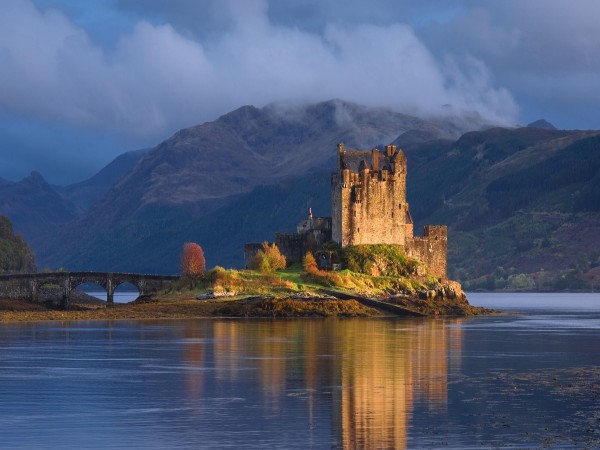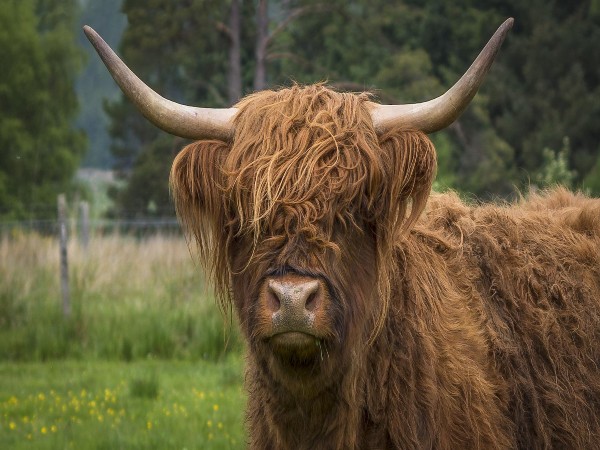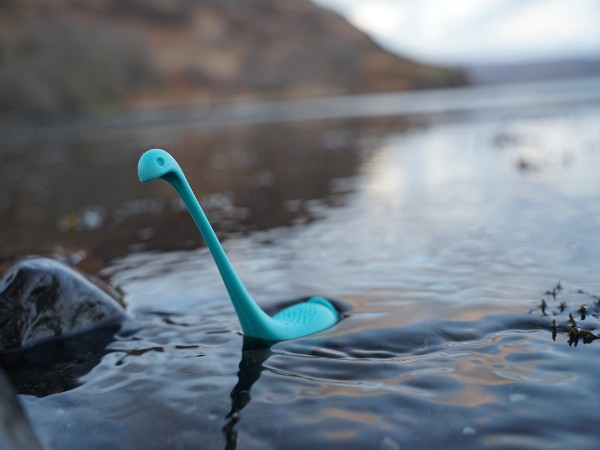Like a scratch made by some gigantic claymore (Scottish great sword), the Great Glen cuts diagonally across the Scottish Highland from the Atlantic Ocean to the North Sea. Ribbon-shaped lochs - Ness, Oich and Lochy - fill most of the glen's 55-mile (88km) floor, and together with the canal that links them, they make Scotland north of the glen more or less an island.

Mountains rise abruptly from both sides of the lochs. Woodland on the lower slopes gives way to heather or rough grassland higher up, and on the highest summits, only alpine plants such as dwarf willow can survive. Rivers in side glens cascade over waterfalls and through wooded ravines on their way down to the lochs.
The story of the glen goes back more than 350 million years to a time when colossal upheavals in the Earth's crust led to the fracture in the crust known as the Great Glen fault. The movement of rocks along the fault has not finished yet, and minor earthquakes still occur in the area. The worst on record, in 1816, sent slates falling from roofs in Inverness, at the northern end of the glen.

While the glen was being formed the rocks that lay on either side of the fault were crushed, making them easily attacked by rivers and Ice. Glaciers filled the glen during the Ice Ages, and rocks caught in the slow-moving ice acted like sandpaper, gouging away the valley sides and floor. The result was the steep hillsides which contribute so much to the glen's granduer.
Corridor across Scotland

From the earliest, the glen was the only practicable route across this part of Scotland. The English appreciated its strategic importance in the 17th and 18th centuries and built forts to control the turbulent Highland clans - Fort William at the glen's western end, Fort Augustus at the southern end of Loch Ness, and Fort George near Inverness.
In the early 19th century, poverty and emigration were rife in the Highlands and the Caledonian Canal was built in an attempt to encourage trade and boost the economy. It connected the lochs and therefore provided ships with a trade route that avoided the long and dangerous journey around Scotland's north coast. Work on the canal began in 1804 under the direction of the engineer Thomas Telford, and it took 18 years to construct the separate lengths of waterways that link the lochs.

Wildlife in the glen is abundant and varied. Wildcats and pine martens are more common than they once were, and red squirrels, which were almost exterminated during the 19th century, now flourish in pine forests. The osprey, the rarest and most magnificent of fish-eating birds, is now seen from time to time after a long absence. The lochs are the last stronghold of Scottish otters.
One aspect of the Great Glen's wildlife is the subject of intense speculation. In the 6th century, St Columbia is said to have confronted a monster in Loch Ness which was terrorising local villagers.

Since the 1930s, when the road along the loch's western shore opened, dozens of people claim to have seen 'Nessie', The loch's mysterious inhabitant has been described, amongst other things, as a plesiosaur preserved from 70 million years ago, a 'Kelpie' or water sprite, a sea serpent, a Viking ship and oil drums. But so far Nessie has been shy of investigators, who have used hot-air balloons, searchlights, and even submarines and a sonar scan in their search for life in the loch's deep waters.



 Click it and Unblock the Notifications
Click it and Unblock the Notifications























